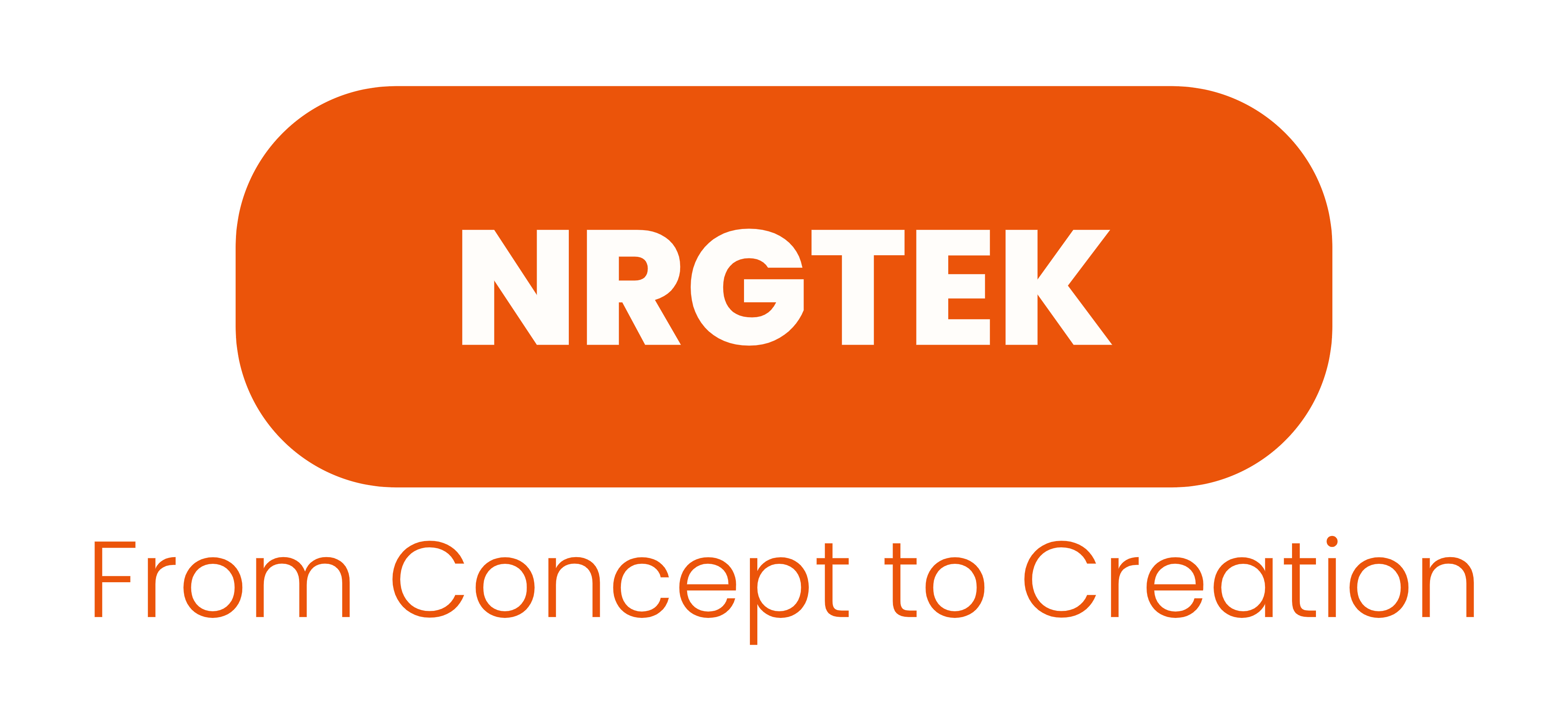
As of 2025, British Columbia’s construction industry is undergoing significant changes with the introduction of updated building codes. These new codes are designed to address sustainability, safety, and energy efficiency, all while keeping pace with advancements in building technology. Whether you’re a homeowner planning a new build or a contractor working on a project, it’s essential to understand these changes to ensure compliance and avoid costly delays.
This blog will discuss the key aspects of BC’s new building codes in 2025 and provide tips on successfully navigating them.
Understand the Purpose of the New Building Codes
BC’s new building codes support various goals, from enhancing sustainability to improving building safety in natural disasters like earthquakes and wildfires. These codes are updated regularly to incorporate the latest innovations in construction materials, energy-efficient technologies, and climate-resilient building practices.
The 2025 codes emphasize:
- Energy efficiency: Reducing energy consumption and supporting sustainable design.
- Seismic safety: Addressing the region’s susceptibility to earthquakes.
- Fire safety: Updating fire-resistant construction requirements.
- Accessibility: Ensuring new buildings are accessible to people of all abilities.
Focus on Energy Efficiency and Sustainability
A significant change in BC’s building codes in 2025 is the increased focus on energy efficiency and sustainability. New regulations are designed to reduce energy consumption and carbon emissions, pushing the industry towards net-zero buildings (buildings that produce as much energy as they consume). These updates are critical for addressing climate change and supporting BC’s commitment to green building practices.
Key energy-related updates include:
- Better insulation standards: To improve heating and cooling efficiency.
- Updated ventilation requirements: To promote healthier indoor air quality while minimizing energy use.
- Incorporating renewable energy: Guidelines for integrating solar panels, heat pumps, and other sustainable technologies into new builds.
To ensure compliance, work with a contractor or architect familiar with these updated energy standards.
Compliance with Seismic Standards
Due to BC’s location along the Pacific Ring of Fire, the risk of earthquakes is a serious concern in the construction industry. The 2025 building codes now require more stringent seismic safety measures, especially for residential and commercial buildings in higher-risk areas.
Some key considerations for seismic safety in the new codes include:
- Stronger foundations: Ensuring buildings can withstand seismic activity.
- Building material upgrades: Using materials that offer enhanced resistance to shaking, such as steel framing or reinforced concrete.
- Retrofitting for existing buildings: New requirements may also apply to older buildings that must be upgraded to meet current seismic standards.
Consult with structural engineers to ensure that your building is designed to meet these updated seismic safety standards.
Fire Safety Enhancements
BC’s new building codes in 2025 introduce enhanced fire safety measures, particularly in light of the province’s increasing vulnerability to wildfires and urban fires. Key updates include:
- Fire-resistant materials: There are stricter requirements for using fire-resistant building materials, especially in areas near forests or wildfire-prone regions.
- Sprinkler systems: Many new residential buildings must install sprinkler systems for added fire protection.
- Fire barriers: New regulations stipulate improved fire barriers in high-density housing projects, such as apartment buildings, to slow the spread of fire.
These measures are essential for protecting residents and property and ensuring your project complies with the latest fire safety protocols.
Accessibility Requirements
One of the most notable aspects of the new building codes is the increased emphasis on accessibility for people with disabilities. In 2025, BC’s building codes have been updated to align with national accessibility standards, making accessing public and private buildings easier for all individuals, regardless of their abilities.
This includes:
- Wider doorways and hallways: To accommodate wheelchairs and other mobility aids.
- Elevator requirements: For multi-story buildings, elevators must be designed to meet accessibility standards.
- Accessible bathrooms and kitchens: Ensuring these spaces are usable for people with disabilities.
f your project involves building a public space or a multi-unit residential complex, it’s essential to incorporate these features into your design early in the planning process.
Navigating the Permitting Process
With the introduction of new building codes, the permitting process in BC has also evolved. Builders and contractors must ensure their designs comply with the latest codes before applying for permits. This means:
- Submitting updated plans: Be sure to submit plans that reflect the latest codes, including energy efficiency, seismic, fire, and accessibility requirements.
- Third-party reviews: Some projects may require additional reviews by building officials or third-party experts to ensure compliance.
- Potential delays: Because the new codes are more detailed, the approval process might take longer, so be prepared for delays.
Working with an experienced architect or construction firm can help speed up the permitting process and ensure your project meets the new standards.
Work With Professionals Who Know the Codes
Navigating BC’s new building codes can be complex, so it’s crucial to work with professionals well-versed in these regulations. Whether planning a residential build, a commercial renovation, or an infrastructure project, partnering with licensed contractors, architects, and engineers who are up to date with the 2025 codes can save you time and money.
These professionals can:
- Help you understand the specific requirements that apply to your project.
- Assist with selecting materials and building methods that comply with the new codes.
- Ensure that the necessary permits and inspections are obtained.
Stay Informed About Ongoing Updates
Building codes are updated regularly, so staying informed about any additional changes after 2025 is essential. Ensure you subscribe to industry newsletters, participate in local building workshops, and collaborate with professionals who monitor code changes. Staying up to date will help you avoid costly rework or compliance issues down the road.
Conclusion
Navigating BC’s new building codes in 2025 may seem daunting, but with careful planning and expertise, you can ensure your project complies with the latest regulations. These updates provide an opportunity to build safer, more energy-efficient, and sustainable homes and commercial spaces, setting the stage for a more resilient and environmentally conscious future. By working with qualified professionals and staying informed about the codes, you can successfully navigate the evolving landscape of BC’s construction industry.
For expert guidance on understanding and complying with BC’s new building codes, contact NRGTEK Construction. Our experienced professionals are ready to help you ensure your project meets all the latest regulations, from design to completion. Contact us today to discuss your construction needs!










